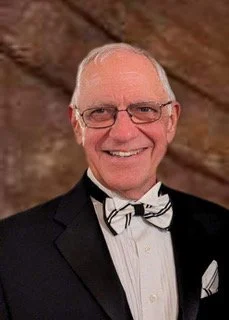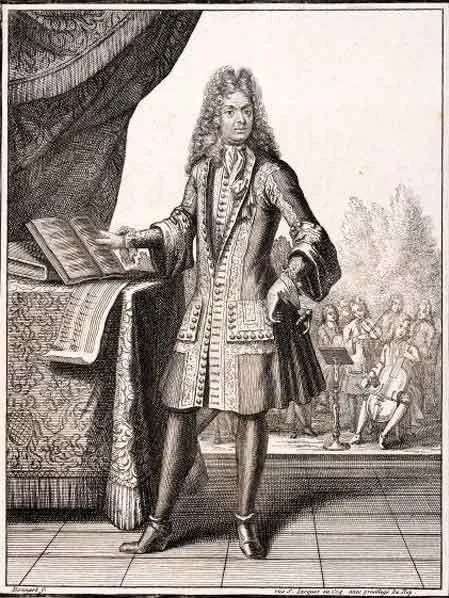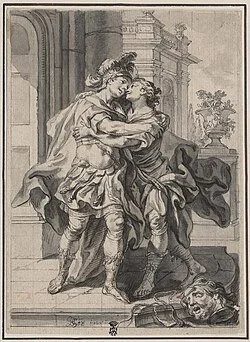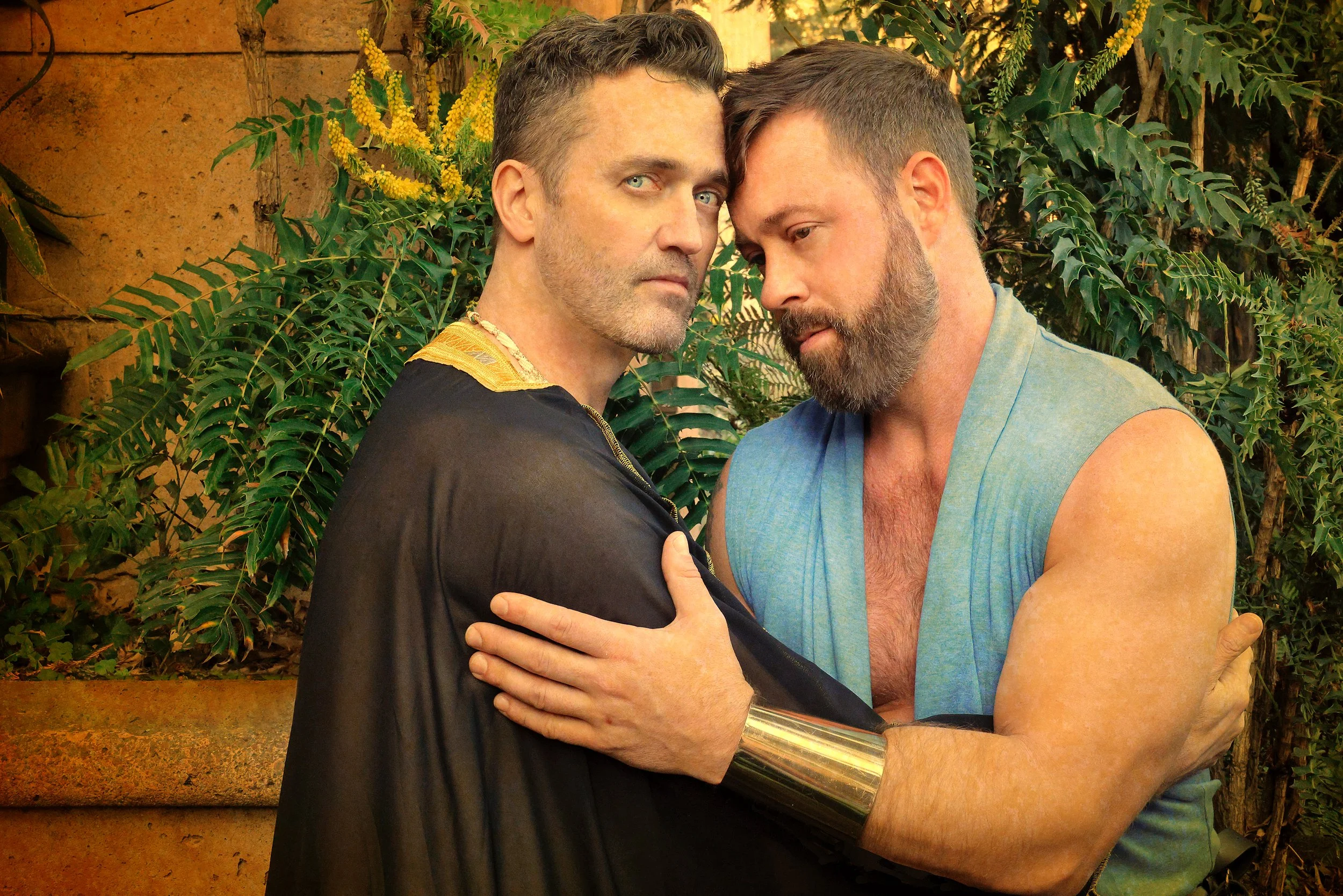5 Questions with Dramaturg Kip Cranna: French Baroque Music and David & Jonathan
Kip Cranna, Dramaturg
1. What makes French Baroque music, like Charpentier’s David & Jonathan, sound distinct from the more familiar Italian Baroque style?
In contrast to Italian Baroque operas that listeners might be familiar with (by composers like Scarlatti, Vivaldi, and of course Handel), the French Baroque tends to place less emphasis on virtuosic display and elaborate melody, giving more importance to declamation, emphasizing the text. The relative lack of stress in the French language as opposed to Italian plays a role here. The French composers tended to avoid musical extremes or excess, regarding the showy vocal acrobatics of Italian opera as tasteless and gauche. They did not embrace the Italian practice of "rubato," that is, varying the tempo for expressive purposes, especially slowing down for high notes, which the French often viewed as lacking in refinement-even vulgar. (Italians on the other hand often thought of French music as being too subtle and understated.)
Another key musical element in the French Baroque is the constant use of vocal ornaments known as “agréments,” standard stylized figures. These lend decorative grace and elegance to the vocal line and are very French!
2. There seems to be a thread of religion and politics in French Baroque music. Why is that?
French Baroque operas were inevitably tied to politics. David & Jonathan, composed in 1688, during the reign of the "Sun King" Louis XIV, was part of a musical world where glorifying the king was de rigueur as the French would say. But since it is based on a biblical story, this opera fits into a slightly different category. Under the highly centralized Catholic monarchy, religious themes in the arts were closely monitored. The Church had considerable influence over whether a work dealing with biblical subjects could be performed, particularly if it blended sacred content with operatic or theatrical styles, which were seen as secular or even profane.
The "Sun King," Louis XIV of France (reigned 1642–1715), had a profound influence on French Baroque art and the concept of de rigueur, meaning something expected or required by etiquette or fashion. Under his rule, art became a powerful tool of statecraft.
3. How did composers balance sacred vs secular works?
In the French Baroque era, composers often found themselves navigating the boundaries between sacred and secular art. For most secular works composers turned to Greek and Roman myth or classical history for subject matter. Stories of gods, heroes, and legendary lovers provided a safe and familiar framework for theatrical spectacle, often created for royal courts or public entertainment. These operas were dramatic, ornate, and designed to impress, but they also carried subtle moral lessons rooted in classical virtues.
By contrast, operas based on biblical scripture were much rarer. Sacred stories were generally reserved for the church or for liturgical settings and transforming them into staged dramas required careful consideration. Religious authorities and conservative audiences often viewed theatrical performance with suspicion, especially when it came to sacred content. For a biblical opera to be acceptable, it had to do more than entertain—it needed to instruct..
Jonathan greeting David after killing Goliath, 18th century illustration by Gottfried Bernhard Göz
4. What made Charpentier’s opera David & Jonathan special during the 1600’s?
David & Jonathan stood out in the 1600s for several compelling reasons. First, it represented a rare blend of sacred and secular traditions. As a tragédie biblique, the opera drew directly from the Bible, bringing sacred subject matter into a genre typically reserved for classical myths and legends. This integration of theatrical artistry with moral instruction was highly unusual and gave the work a unique place in the operatic landscape.
David & Jonathan was composed not for the court or the Paris Opera but for the Jesuit Collège Louis-le-Grand in Paris. That connection helped him secure ecclesiastical approval, since the Jesuits were powerful and had their own educational and cultural agenda. To ensure the production aligned with the school’s religious and educational mission, it was paired with a Latin spoken tragedy, Saul. Together, the two works created a morally instructive experience that combined music, drama, and biblical storytelling in service of spiritual education.
We know that the opera was well received by its audience of clergy and intellectuals at the Jesuit Collège where it premiered, and it was revived 3 times in the 1700's. Charpentier’s music was praised for its lyricism, emotional expressiveness, and clarity. The opera was not performed in the United States until 2005 but has now gained some degree of recognition as a significant part of the French Baroque repertoire
5. What can audiences today take away from this rarely performed piece?
Although David & Jonathan was written more than 300 years ago, its emotional power and timeless themes still speak to us today. The story of the opera will resonate with anyone familiar with the Bible episodes that inspired it: King Saul summoning up the spirit of the prophet Samuel to learn his fate; the intense emotional bond between the young men David and Jonathan; Saul's famous jealousy of the young David; and David's rising above the tragedy of the death of his beloved friend to succeed king Saul and found the Davidic dynasty in ancient Israel
What makes this opera so moving—even now—is how it explores universal human emotions. Love and loyalty, envy and betrayal, grief and hope—these aren’t just biblical or historical ideas, they’re things we all experience in some form. Charpentier’s music gives these feelings a voice, allowing audiences to connect with the characters not as distant figures from scripture, but as real, struggling people.
In today’s world, where conflict and division are still all too common, David & Jonathan offers a powerful reminder of the cost of jealousy and the beauty of selfless friendship. It’s a sacred story but also a deeply human one. The opera invites us to reflect not just on the past, but on our own lives, relationships, and values.
Aaron Sheehan and Derek Chester as David & Jonathan.
Photo by Cory Weaver.






